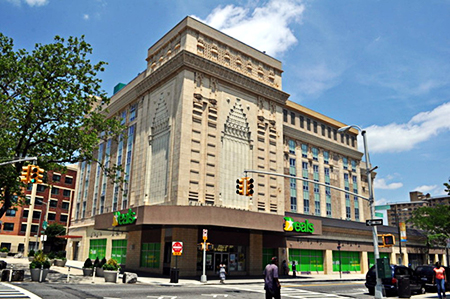Mayor Frank G. Jackson's
Neighborhood Transformation Initiative
Target Area Maps
E. 105th - E.93rd and Buckeye Target Zones
West 25th Target Area Map Opportunity Corridor Target Area Map
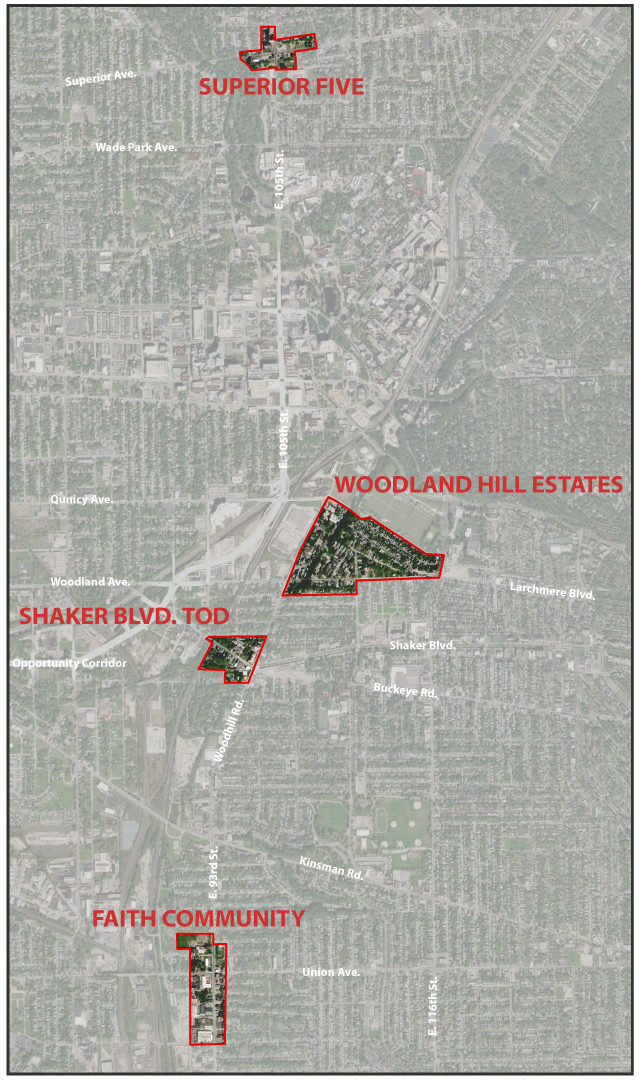

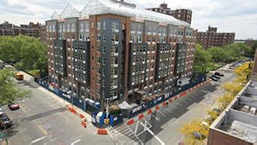
The Cuyahoga Metropolitan Housing Authority has been leading the way in quality affordable housing for decades in Cuyahoga county. Most recently the housing authority has been developing new models of affordable housing products that include both housing and retail components. The Morris Black housing projects are one of the few remaining housing areas that has not ex- perienced a significant level of rehabilitation. However, its proximity to strong markets and new investments makes it ripe for a significant reinvestment. The housing developed is situated within the confines of the existing neighborhoods. Jobs and other opportunities are extremely close but somewhat out of reach. Improved transportation access and options to major employers and rethinking how housing and retail can provide entry level retail jobs for youth in the community will be an important part of changing the economic opportunities in the area. CMHA representatives and the City of Cleveland planning commission have been discussing integration of CMHA housing into the surrounding neighborhoods and providing CMHA products to students in up and coming real estate markets. This concept is one that the Morris Black development area can benefit from.
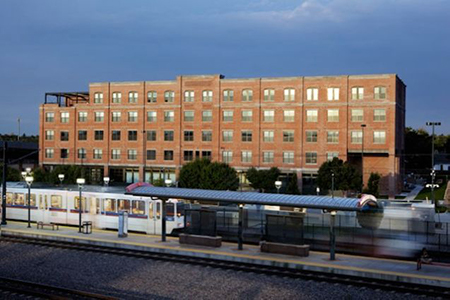
Strategies:
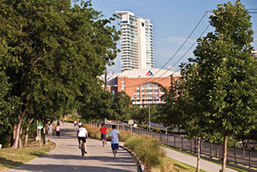
The Superior Five Mixed use development area introduces a combination of housing, retail, park and institutional amenities to the intersection of East 105th and Superior. Given its proximity to University Circle and investment in new and rehabilitated housing, this area represents the next phase of investment needed to change the market perception of the southern portion of the Glenville neighborhood. Flanked by Rockefeller Park to the west, University Circle to the south, and the Wade Park Historic District immediately east, this target zone represents an opportunity to gaps in the market that include housing and retail. In addition, this area can be a catalyst for small business start-ups if the space can be provided at an affordable rate. The convergence of existing small mom and pop businesses in a concentrated location can help to expose these businesses to the markets that exist within university circle and the surrounding neighborhood. This concentration of housing and business can also improve safety perceptions and create jobs for youth in the target zone. The vast majority of the property is city owned.
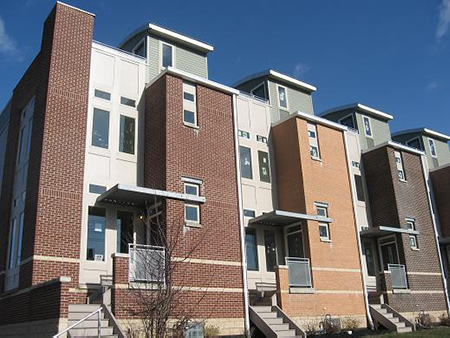
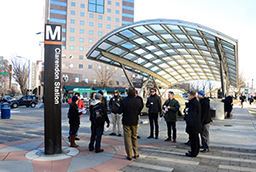
This target zone is strategically located at the intersection of Buckeye, Woodhill, and Shaker Boulevard. This area boasts the best view shed’s in the City of Cleveland providing panoramic views of the downtown skyline. This area is also the location of the New RTA rail station reinvestment that includes public art and boast one of RTA's more modern station designs. Vacant land flanking the station presents an opportunity for transit oriented development that will allow residents living near by access to regional amenities across greater Cleveland. Given low car ownership in the area, affordable TOD options will be critical to provide residents with sustainable transportation alternatives.
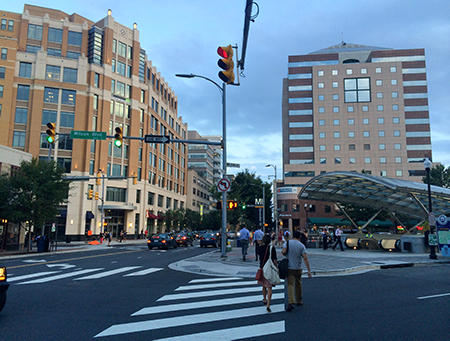
The Faith Community credit union has become one of the staples along the east 93rd street corridor. Although the current business environment is challenged the provision of loans and other creative financing tools that are offered to neighborhood residents and others seeking banking support is provided to those who fall outside of traditional banking requirements.
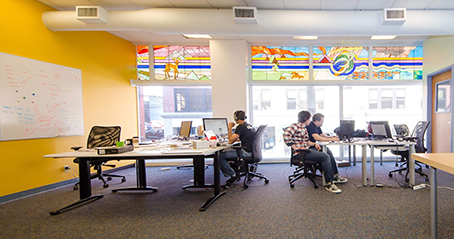
The immediate area flanking the financial institution contains a school site, commercial retail, a library, and underutilized historic structures. Reimaging this district to become a small retail commercial hub serving a community with very limited commercial, can be impactful to the residents in this geography.
